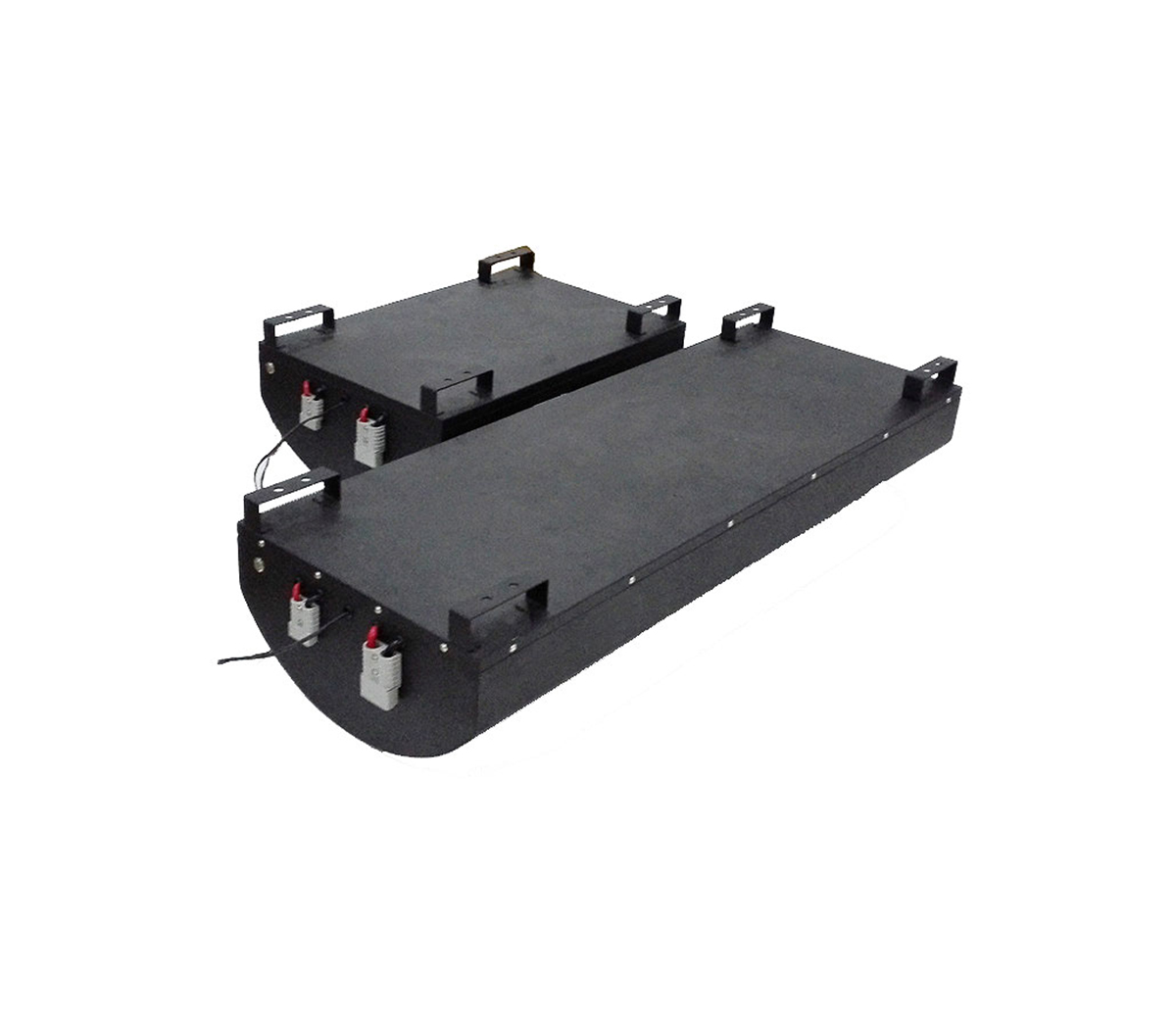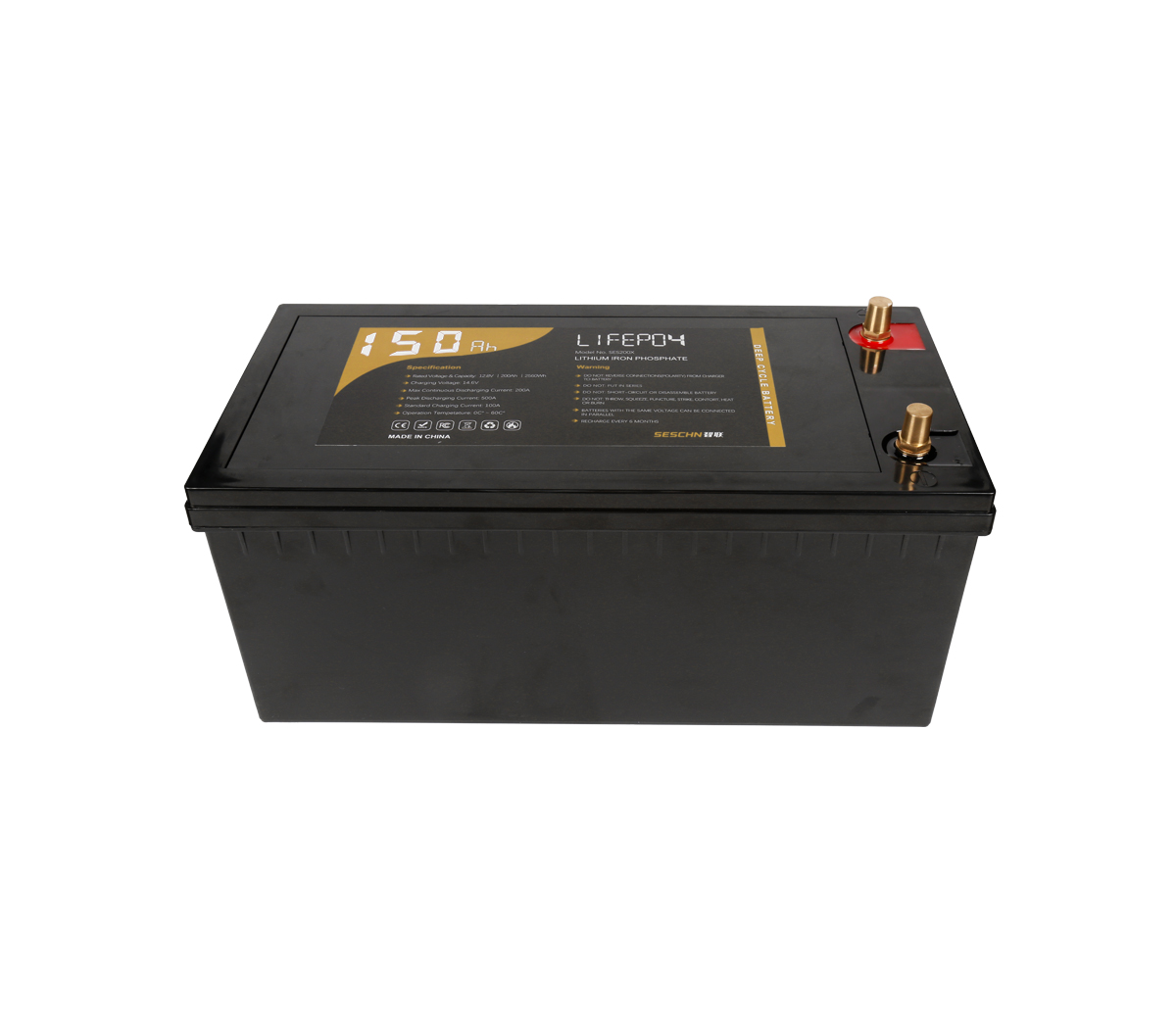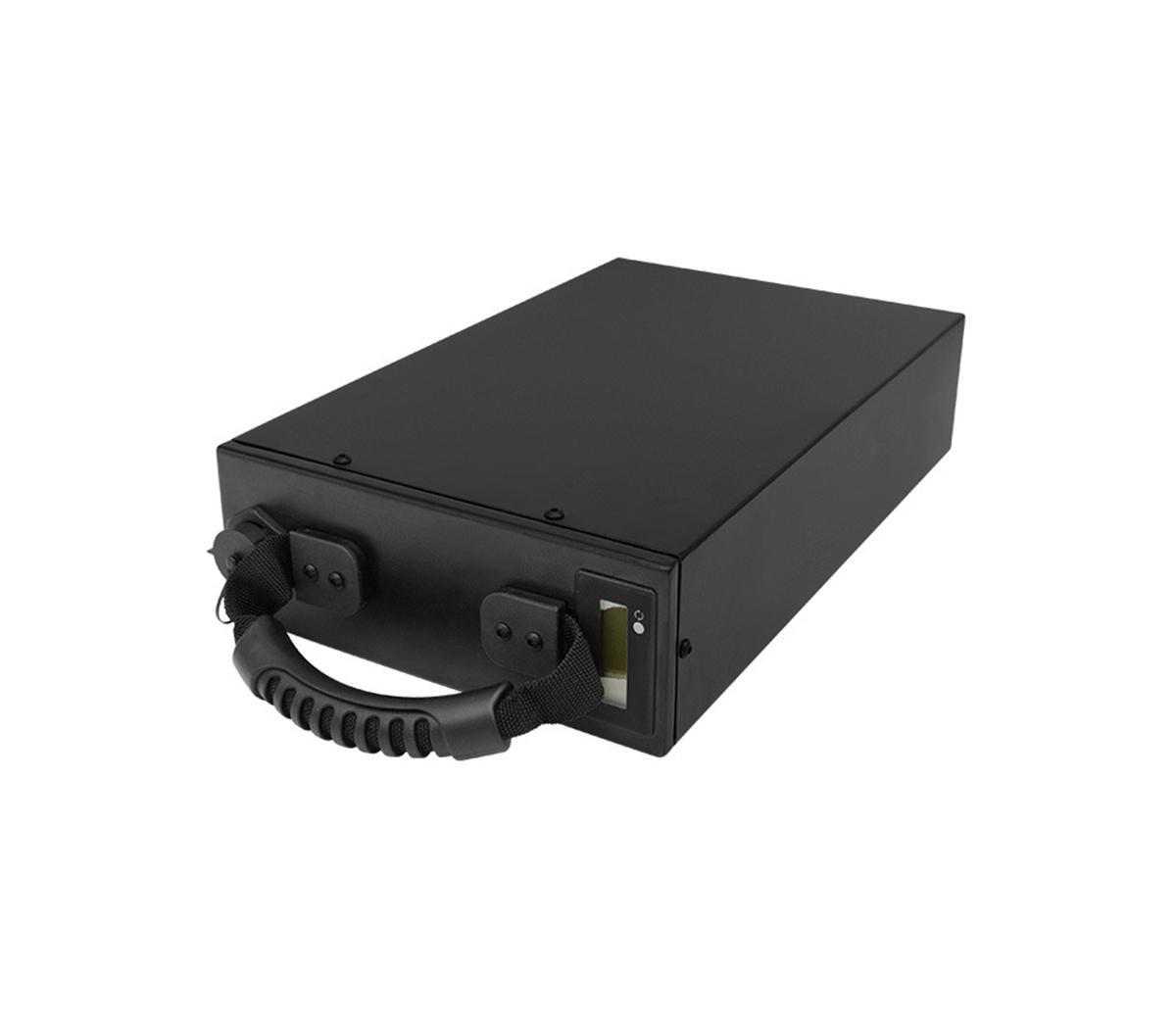Research on the performance of soft-packaged lithium-ion batteries
Lithium-ion batteries are undoubtedly a new generation of batteries with a
high technological content and a wide range of applications. It has high volume
ratio energy and mass ratio energy, rechargeable and pollution-free, and
possesses the three major advantages of the current battery industry
development. It is called "the most promising chemical power source".
Lithium-ion battery is a new type of rechargeable battery developed in the
past ten years. It has high specific energy, no memory effect, and is green and
environmentally friendly. Its discharge voltage is three times that of
nickel-cadmium and nickel-hydrogen batteries. Widely noticed, the development is
very rapid. At present, only a few countries have achieved industrialization, of
which Japan has done the best in industrialization. China is the earliest
developing country for the industrialization and development of lithium-ion
batteries. After recent years of development, especially under the active
promotion of relevant national policies, domestic lithium-ion batteries have
made rapid progress, and the various performances of products have made
considerable progress. The production chain of lithium-ion batteries has become
more and more perfect. The degree of modernization has increased day by day,
forming a trend of competing with developed countries in the world. With
abundant natural resources and low labor costs, China's lithium-ion battery
industry has obvious advantages in international competition. Lithium-ion
batteries are undoubtedly a new generation of batteries with a high
technological content and a wide range of applications. It has high volume ratio
energy and mass ratio energy, rechargeable and pollution-free, and possesses the
three major advantages of the current battery industry development. It is called
"the most promising chemical power source". There are currently two common
lithium-ion battery technologies: liquid lithium-ion batteries with metal shells
and polymer lithium-ion batteries. The shell of liquid lithium-ion battery is
generally steel shell or aluminum shell, and its plasticity is not as good as
polymer lithium-ion battery. However, the manufacturing process of polymer
lithium-ion batteries is complicated, especially the low yield, which greatly
restricts the industrialization of this battery. The author first recommends the
soft-package lithium-ion battery, which is characterized by the comprehensive
basic electrochemical performance of liquid lithium-ion batteries and the unique
advantages of polymer lithium-ion battery packaging, and uses liquid electrolyte
similar to liquid lithium-ion batteries as lithium ion The medium that is
transmitted between the positive and negative electrodes, and the outer
packaging adopts a multi-layer plastic composite film. The outstanding
advantages of soft-packed lithium-ion batteries are their simple manufacturing
process, low cost, and high yield. Its goal is to replace the polymer
lithium-ion battery market and compete with stainless steel-case lithium-ion
batteries. The comparison of three different technologies of stainless steel
shell lithium ion battery, polymer lithium ion battery and soft package lithium
ion battery is listed in Table 1. This paper studies the various electrochemical
properties of the soft-packaged lithium-ion battery and the differences between
it and the stainless steel-cased lithium-ion battery to verify the possibility
of industrialization of the soft-packaged lithium-ion battery.
1, experiment The positive electrode material used in the experimental
battery is lithium cobalt oxide, and the negative electrode material is
artificial spherical graphite. LiPF/EC/DEC/DMC is the electrolyte, in which LiPF
is a conductive salt, and EC (ethylene carbonate)/DEC (diethyl carbonate)/DMC
(dimethyl carbonate) is a composite solvent. The outer packaging of the battery
is a composite aluminum plastic film, and its structure is five layers of PET
(polyester) / glue / Al / glue / PP (polypropylene). The battery tab sealing
glue is a modified polyolefin material. The battery manufacturing process
includes batching, mixing, coating, rolling, slitting, spot welding, winding,
sealing, forming, degassing, and volume division. A lithium-ion battery with a
stainless steel case was fabricated at the same time under similar process
conditions. The size of the soft-packaged lithium-ion battery and the stainless
steel-cased lithium-ion battery are both 48mm&TImes;30mm&TImes;4.1mm.
The nominal capacity of the two batteries is 500mA·h. The most critical
technology in the manufacturing process of soft-packaged lithium-ion batteries
is how to overcome the problem of air swelling caused by the battery. On the one
hand, the air swelling problem of the battery is related to whether the battery
is well sealed, and on the other hand, it is related to the way the battery is
formed. In the experiment, the modified polypropylene material was used as the
sealing glue between the positive and negative electrode tabs and the composite
packaging film (generally, the bonding ability between the metal material and
the inner polypropylene of the aluminum-plastic packaging film is poor), which
is a good solution The sealing problem of the battery. In the experiment, a
pre-charge method was used to form the protective film of the negative electrode
material. During the formation of the protective film, a part of the gas will be
generated, and then the generated gas will be removed in a vacuum. In this way,
the problem of battery gas swelling caused by the formation method is
eliminated. 2. Results and discussion 2.1 Rate discharge performance Figure 1 is
the rate discharge curve of two lithium-ion batteries, where C is the battery
capacity and the voltage. The battery is charged to 4.2V by 1C (500mA) before
the test starts. , And continue constant voltage charging for 2h at this
voltage, and then stand still for 2h.


































